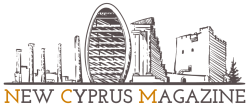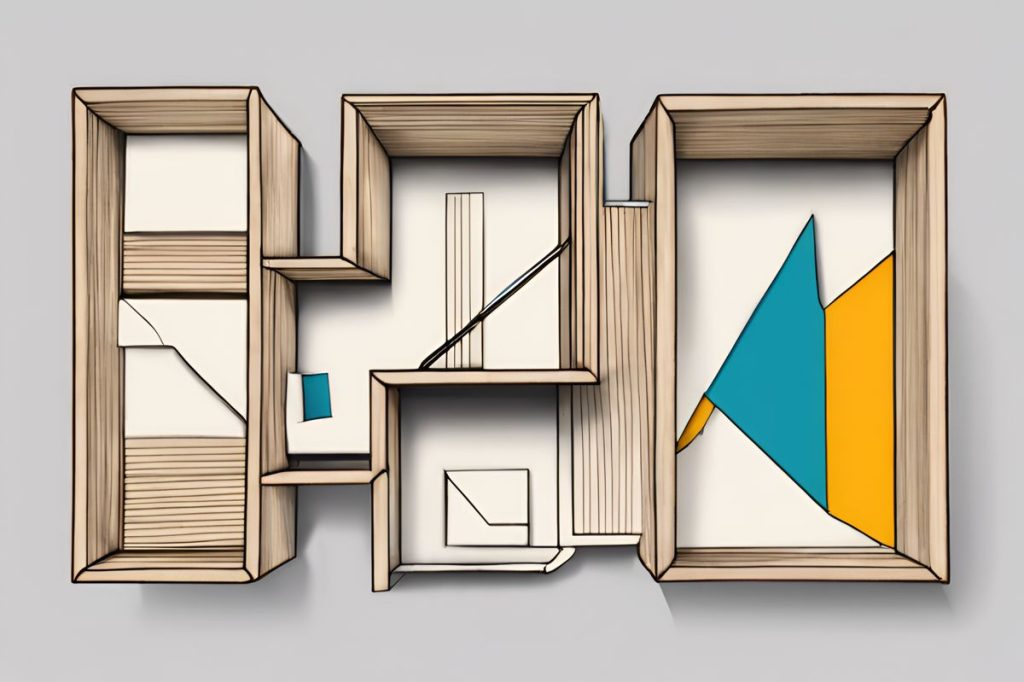Toula Liasi’s exhibition ‘Synchronising History’ delves into the memories of enclaved individuals post-1974 Cyprus division, using family possessions as artifacts to narrate silent stories through multimedia artworks in Larnaca. This poignant reflection not only preserves the legacy of Karpasia’s people but also sheds light on their struggles and resilience amidst political conflict, offering a glimpse into the entanglement of art with personal and collective history.
What is the significance of Toula Liasi’s exhibition ‘Synchronising History’?
Toula Liasi’s exhibition ‘Synchronising History’ is a poignant reflection of the personal and collective memories of those who remained enclaved in Cyprus post-1974 division. Through multimedia artworks, Liasi’s art provides a voice to the silent stories of Karpasia’s people, using family possessions as artifacts to articulate the entanglement of art with life and preserve the legacy of the enclaved.
The Genesis of Toula Liasi’s Artistic Journey
Fifty years have passed since the fateful events that reshaped the lives of many on the island of Cyprus. For Toula Liasi, an artist from Karpasia, these events did not just mark a historical upheaval; they became the foundational elements of her creative expression. Her exhibition ‘Synchronising History’ is a profound reflection of her personal narrative and that of the hundreds of Greek Cypriots who remained in their homes after the division of Cyprus in 1974.
The exhibition, recently inaugurated in Larnaca, is a portal to the past, presenting 88 years of history through objects and memories. These items, curated from Liasi’s family life, weave a rich tapestry of the existence they led post-invasion, highlighting the struggles they faced as well as their resilience. Liasi’s brother, declared missing for four decades, and the plight of the enclaved in Karpasia, are central themes in her artwork, emphasizing the personal connection to the broader narrative of Cyprus.
An Artistic Monument of Collective Memory
Liasi’s creative process is deeply intertwined with the quest to eternalize the collective memories of those who chose to remain enclaved in their homeland. Amid the tranquility of art galleries, her works stand as testaments to the everyday lives disrupted by political conflict. The multimedia artworks showcased at the Larnaca Municipal Art Gallery include a diversity of mediums—paintings, photographs, videos, and installations—all telling the silent stories of Karpasia’s people through her paternal home’s objects.
Her family home in the occupied territories became more than just a physical space; it transformed into a cultural nexus for peaceful coexistence between Greek Cypriots and Turkish Cypriots. It was a place of convergence, where individuals from both communities could engage in dialogue and share perspectives, making it a historic site of unity amidst division.
The Legacy Preserved in Wooden Boxes
Toula Liasi’s parents, determined to maintain their presence in Karpasia, prepared for the uncertainties of their situation with pragmatism and hope. Their possessions, meticulously packed in wooden boxes, were ready to be transported at a moment’s notice. These were not mere objects but the embodiment of their identity and history. From linens to tools, each item was selected with the intention of preserving a semblance of normalcy and continuity.
Decades passed with the boxes unopened, safeguarding the contents in a pristine state, as if time itself had been encapsulated within them. Through her art, Liasi seeks to liberate these relics, bestowing upon them a new purpose as artifacts of a narrative that demands recognition and remembrance.
The Art of Remembrance and Identity
The narrative that unfolds through Liasi’s artwork is a dialogue between past and present, a conversation about survival and identity. The resonance of personal belongings in her work is significant, as they serve as conduits to understanding the human experience behind historical events. Liasi’s dedication to cataloging, archiving, and repurposing these objects into her art ensures that their stories remain alive—articulating the entanglement of art with life itself.
In previous projects like ‘Achaeans Coast’ and ‘Rusted Evidence’, and most poignantly in ‘Where Have You Been?’, Liasi has explored the textures of memory and loss through the lens of art. Her work is a reminder that art has the capacity to confront and convey profound human emotions, serving both as witness and as a medium for healing.
A Continuous Journey of Artistic Expression
Toula Liasi’s evolving artistic philosophy has seen a shift from creating art for art’s sake to harnessing her craft as a vehicle for awareness and historical consciousness. By integrating personal items and stories into her work, Liasi positions art as a powerful tool for social commentary and preservation of collective memory. Her ongoing commitment ensures that the enclaved’s legacy and the echoes of the past continue to be part of Cyprus’s living history.
The ‘Synchronising History’ exhibition is not just a showcase of artistic talent but an invitation to reflect on the narratives that shape our understanding of conflict, community, and identity. The gallery in Larnaca becomes a space where visitors can engage with the intertwined realities of art and history, and where the voices of the enclaved are given a platform to resonate beyond the silence of oblivion.
How does Toula Liasi’s exhibition ‘Synchronising History’ preserve the legacy of enclaved individuals?
Toula Liasi’s exhibition ‘Synchronising History’ preserves the legacy of enclaved individuals by using family possessions as artifacts to narrate silent stories through multimedia artworks. By showcasing the struggles and resilience of those who remained in Karpasia post-1974 Cyprus division, Liasi’s art provides a voice to the personal and collective memories of the enclaved.
What themes are central to Toula Liasi’s artwork in the ‘Synchronising History’ exhibition?
Central themes in Toula Liasi’s artwork in the ‘Synchronising History’ exhibition include the plight of enclaved individuals in Karpasia, the personal connection to the broader narrative of Cyprus, the resilience of the people, and the entanglement of art with personal and collective history. Liasi’s art reflects on the struggles faced by those who chose to remain in their homes amidst political conflict.
How does Toula Liasi use family possessions in her artwork to convey the entanglement of art with life and history?
Toula Liasi uses family possessions in her artwork to convey the entanglement of art with life and history by repurposing them as artifacts of a narrative that demands recognition and remembrance. These possessions, meticulously packed by her parents in wooden boxes, serve as conduits to understanding the human experience behind historical events and preserving the identity and history of enclaved individuals.
What is the significance of Toula Liasi’s dedication to cataloging, archiving, and repurposing personal items in her art?
Toula Liasi’s dedication to cataloging, archiving, and repurposing personal items in her art ensures that their stories remain alive and relevant. By integrating these items into her artwork, Liasi positions art as a powerful tool for social commentary, historical consciousness, and preservation of collective memory. Her commitment ensures that the legacy of the enclaved and the echoes of the past continue to be part of Cyprus’s living history.

